-
Welcome to Tacoma World!
You are currently viewing as a guest! To get full-access, you need to register for a FREE account.
As a registered member, you’ll be able to:- Participate in all Tacoma discussion topics
- Communicate privately with other Tacoma owners from around the world
- Post your own photos in our Members Gallery
- Access all special features of the site
AdventureTaco - turbodb's build and adventures
Discussion in '1st Gen. Builds (1995-2004)' started by turbodb, Apr 4, 2017.
Page 258 of 281
Page 258 of 281


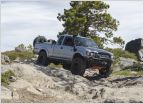 Oliver the Lunar Mist Ext Cab Build, dual cased and double locked
Oliver the Lunar Mist Ext Cab Build, dual cased and double locked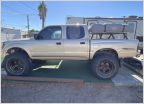 StevenP’s 37s + IFS ¯\_(ツ)_/¯ build
StevenP’s 37s + IFS ¯\_(ツ)_/¯ build The Supracharged King Ranch Bundle of Merriment Build
The Supracharged King Ranch Bundle of Merriment Build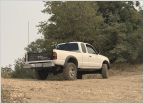 Allex95s Tacoma Build & Trips
Allex95s Tacoma Build & Trips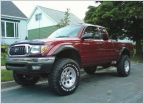 Snowman's 2004 4x4 Build
Snowman's 2004 4x4 Build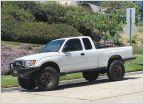 Synergy10's 02 Extra Cab Build
Synergy10's 02 Extra Cab Build






































